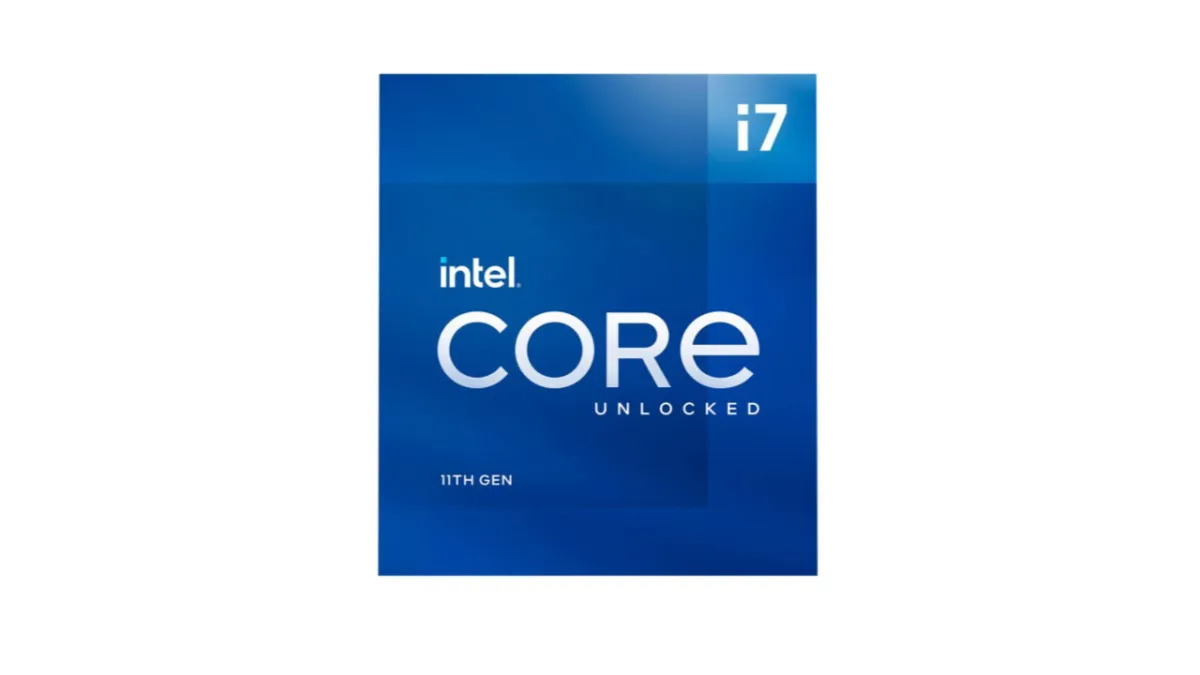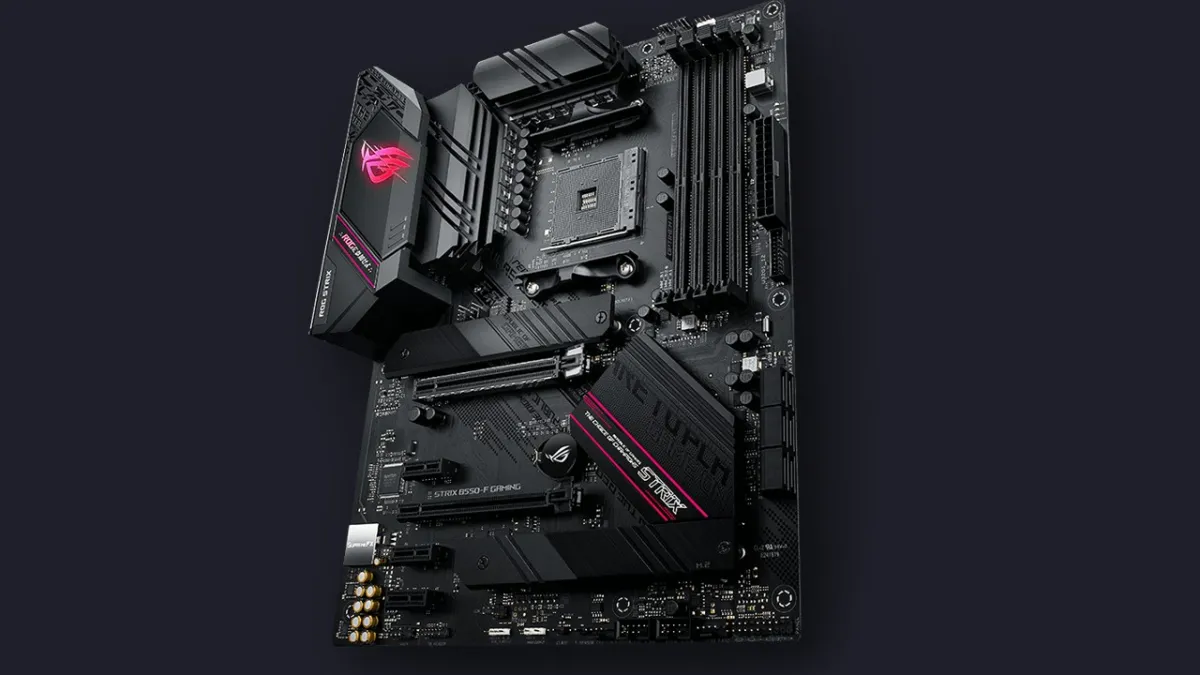Power usage
We flagged the TDP as 125W, because it is the “official” specification for the 11700K, but power limits are typically ignored by motherboard manufacturers and even Intel itself these days. The ASRock Steel Legend Z590 motherboard we used to test the 11700K came preset in its BIOS to ignore this power limit and often drew more than 125W while gaming, though not always.
CPUID’s HW Monitor was used to gather the relevant data. Power usage depended on the game, but the 11700K often drew an average of 90-130W during 1080p gaming with uncapped fps. That’s of course nearly within the Intel spec, but certain instances saw usage spike to 150W or more. The max we were ever able to draw in gaming-related processes was 176W. That was thanks to Grand Theft Auto V along with a gaming application suite running simultaneously to reflect real-world scenarios.
We ran the following applications along with the games to achieve the power usage data: OBS X.264 encoding at 1080p60 custom medium/high quality, Nvidia ShadowPlay, Discord, the Epic Games Store, Steam, Corsair Axon with hyper-polling at 8K Hz, Spotify, Chrome, MSI Afterburner Display Monitoring, and Hardware Monitor. This is obviously more than most will ever attempt at once.

While this power limit setting is under the OC Tweaker tag in the ASRock BIOS, enabling increased power usage is not actual overclocking as it only allows the CPU to draw more power while operating within Intel’s official frequency spec.
Custom CPU settings such as overclocking will of course supersede these power numbers, but that’s a whole different discussion and there’s plenty of deep-dive analysis out there on that subject. When it comes to gaming-related tasks though, unlocked stock power usage for the 11700K isn’t too bad.
Frequencies and temperatures
Our sample’s boost clocks often hoovered around 4.7GHz across all cores on the games tested with unlimited framerates at 1080p. The average boost clock range was between 4.5-4.8GHz, though. At some points, the 11700K hit 5.0GHz on one core but it never stayed at that frequency long enough to note. Likewise, the all-core clock speeds were adequately stable and did not introduce any large dips in performance due to temperature-induced downclocking. These numbers line up with Intel’s marketing claims, though the 5.0GHz performance claims are really no more than just chart numbers as opposed to actual performance.

You can see the current, minimum, and maximum values while testing with the gaming application suite. As a note, the maximum power of 176W was not recorded properly due to user error and is not reflected in this particular image.
We never observed the temperatures exceed 67°C aside from a few isolated spikes, and 50-54°C was the common temperature range under load. These numbers will vary from game to game of course, and will depend on the cooling solution and power profile of the user. Our tests were carried out with a 360mm liquid cooler to limit the potential for thermal constraints. The cooling solution is obviously a bit unrealistic for most users, but it was able to help the 11700K deliver and maintain the all core boost frequencies advertised by Intel. For the power profile, we used Ultimate Performance via the Windows Control Panel and the previously mentioned unlocked BIOS power settings. These settings allowed the CPU to draw on 100% power, but the Power Saver profile can be selected to keep the CPU running at the base frequency of 3.6GHz (and sometimes lower) if you’re just browsing the web and want to keep things cool.
The 11700K runs hot, and we recommend investing in a good cooling solution to ensure you get the advertised clock speeds. Consider getting a 240mm liquid cooler or no less than a quality air cooler.
- Introduction and specs
- Power usage, frequencies, and temperatures
- Gaming performance
- The new features of PCIe 4.0 and Resizable BAR
- Pricing and conclusion




